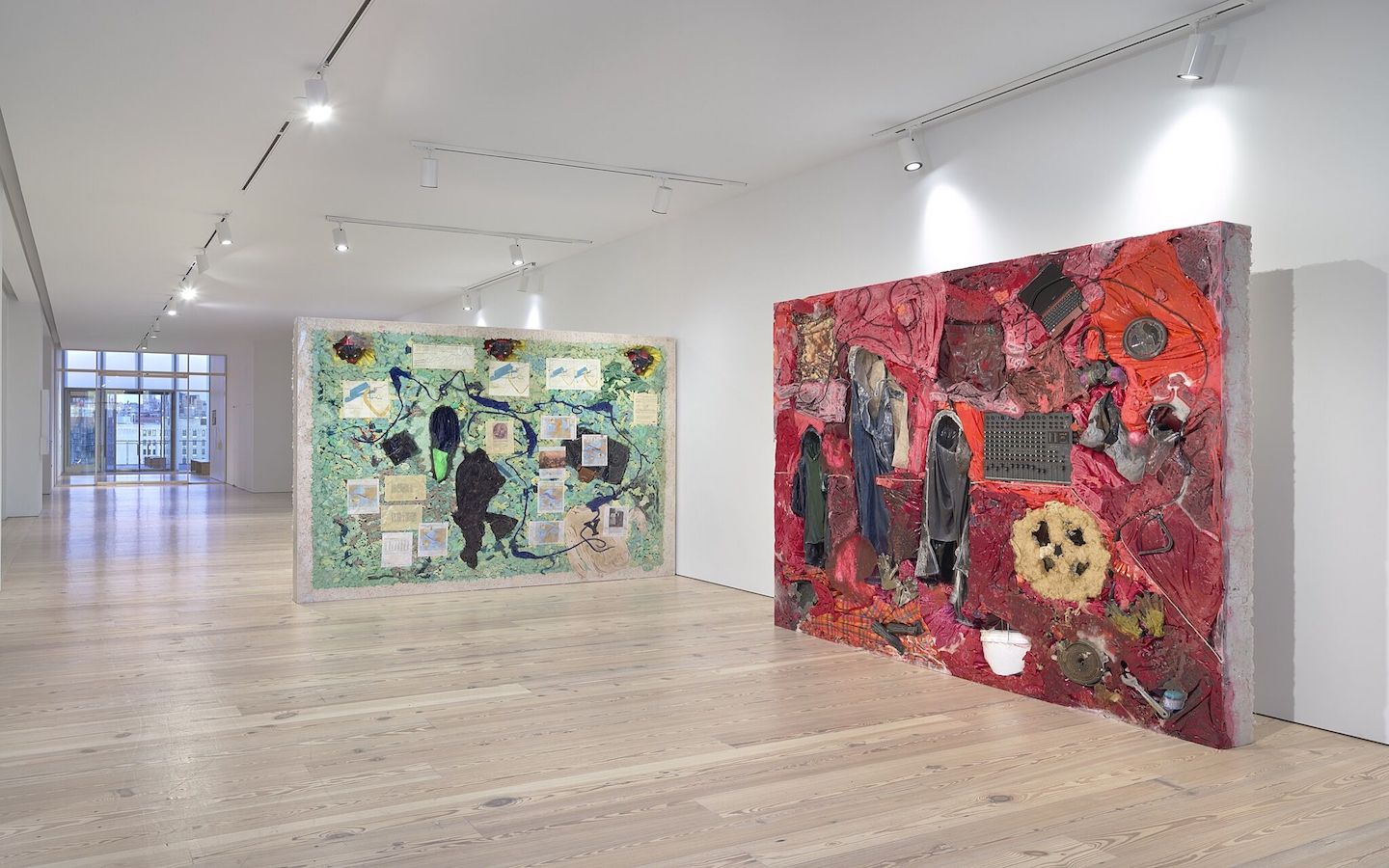Caroline Cox
BA Honors | Art History
BIO
I am an Art History and Economics major from Baton Rouge, Louisiana. One of the things I love most about art history is its capacity for storytelling. I am passionate about creating critical dialogue with others through art about history, society, and culture both in the past and the contemporary moment, which is why I plan to pursue a career in art museums after graduation. My favorite period of art history is modern and contemporary, and I am especially passionate about Black American art. I also love fashion, interior design, and cooking and baking really complicated recipes.
ABSTRACT
In my thesis, I explore the role of race and landscape in contemporary art through two recent projects by African American artists, Dawoud Bey and Kevin Beasley. Bey’s project, Night Coming Tenderly, Black (2017) is a series of 25 black-and-white photographs that reimagine sites along the Underground Railroad in Cleveland and Hudson, Ohio. Not quite narrative, the series depicts an imagined journey toward freedom that crosses the temporal boundary between past and present. Making history resonant in the contemporary moment, Bey’s photographs reflect the ways that slavery and its legacy continue to create landscapes that Black people must navigate.
Beasley’s exhibition, Kevin Beasley: A view of a landscape (2018), stems from an encounter with living cotton on his family’s land in Virginia and is grounded by the repurposing of an antique cotton gin motor. A conceptual gesture that merges the capital-H History of the past with its continued structural influence, the machine gives form to the complicated way that historical narratives are constructed and continue to affect the contemporary moment. Encased in a soundproof vitrine, the vibrations and whirring of the machine are transmitted to a listening room by a complex system of microphones where the audio is manipulated by a digital soundboard and synthesizer. Three monumental sculptures provide a material and physical context for the motor and Beasley’s personal journey with it.
Reflecting on the role of landscape in art and the interconnectedness of land(scape), race, and mobility, I examine why these artists chose to use the land to confront the traumatic history of slavery and explore its role in shaping the present. Beyond the recognition that America’s violent history has been mapped onto our cultural, social, and economic institutions, I am interested in how both of these artists suggest paths forward for confronting and grappling with history and our relationships to it rather than being burdened by them.
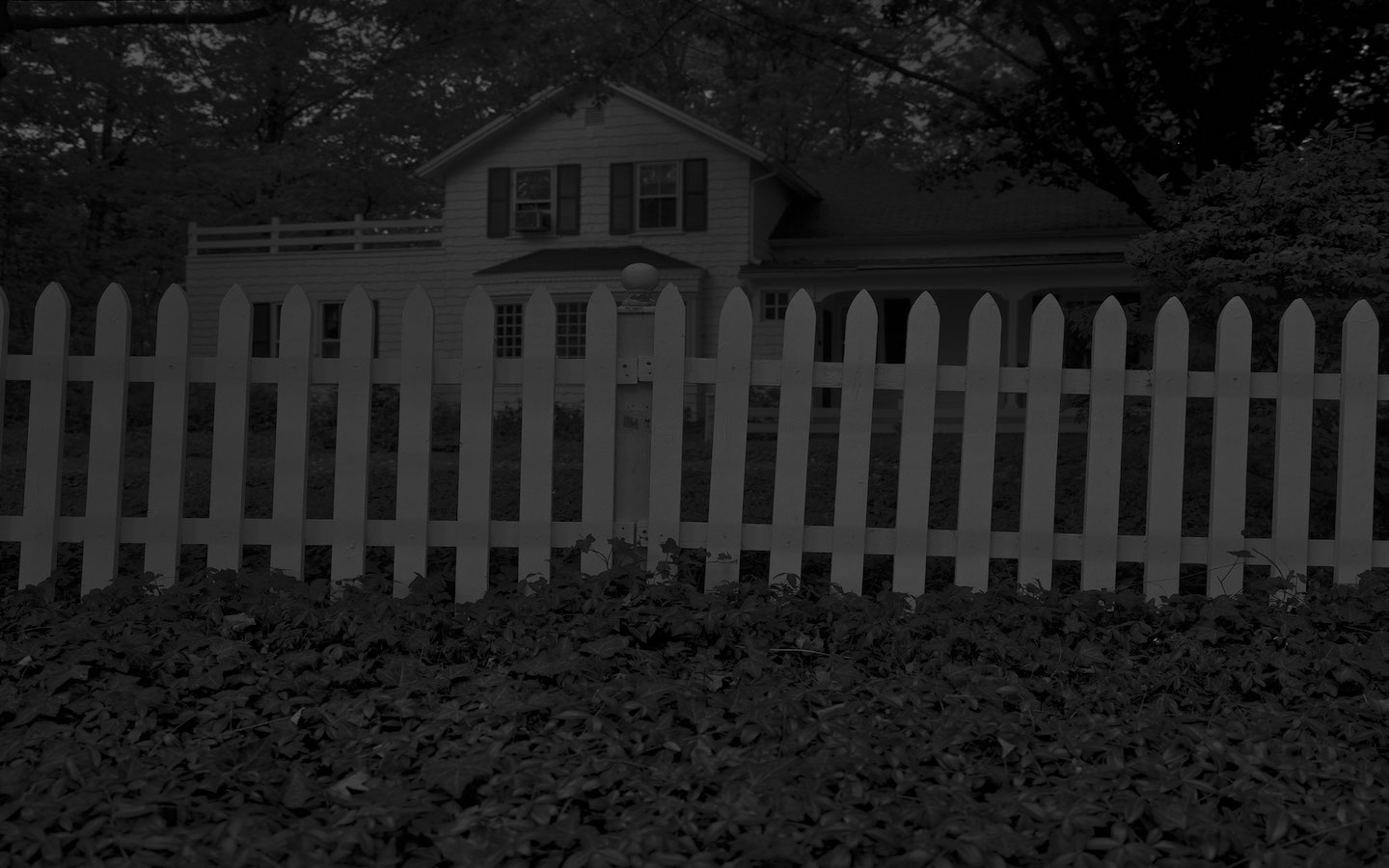
Dawoud Bey
Untitled #1 (Picket Fence and Farmhouse)
Gelatin silver print | 44x55 | 2017
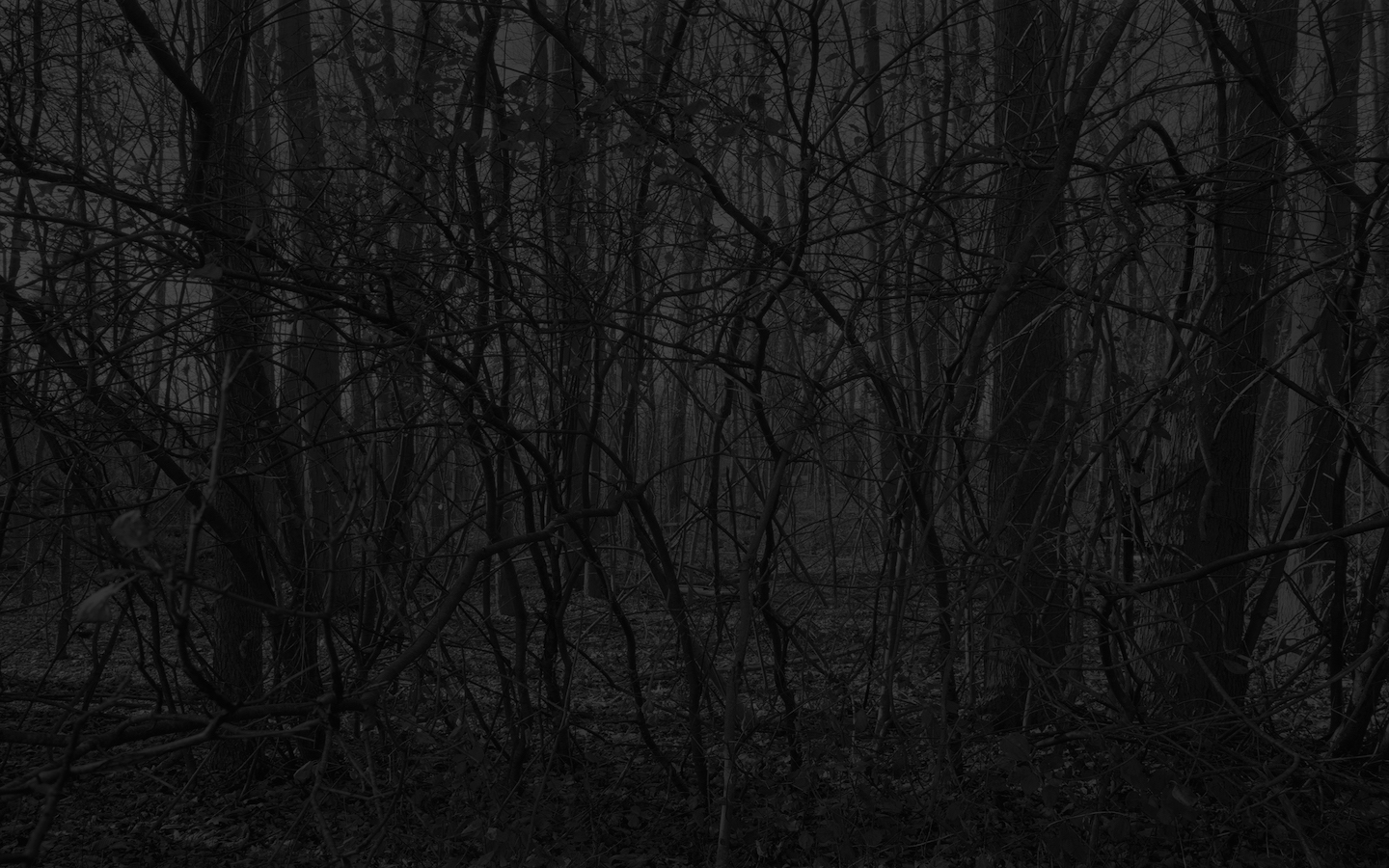
Dawoud Bey
Untitled #17 (Forest)
Gelatin silver print | 44x55 | 2017
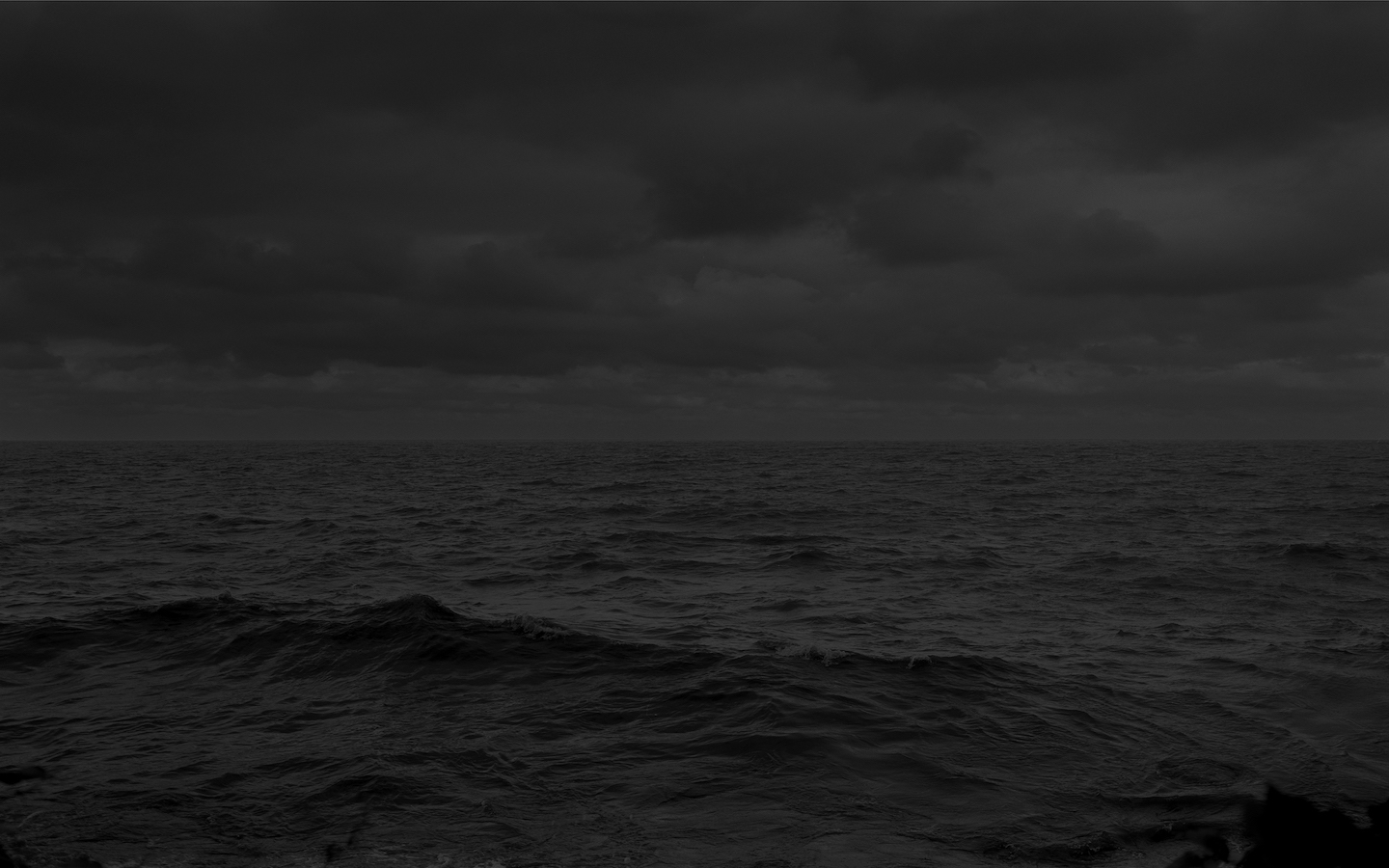
Dawoud Bey
Untitled #25 (Lake Erie and Sky)
Gelatin silver print | 44x55 | 2017
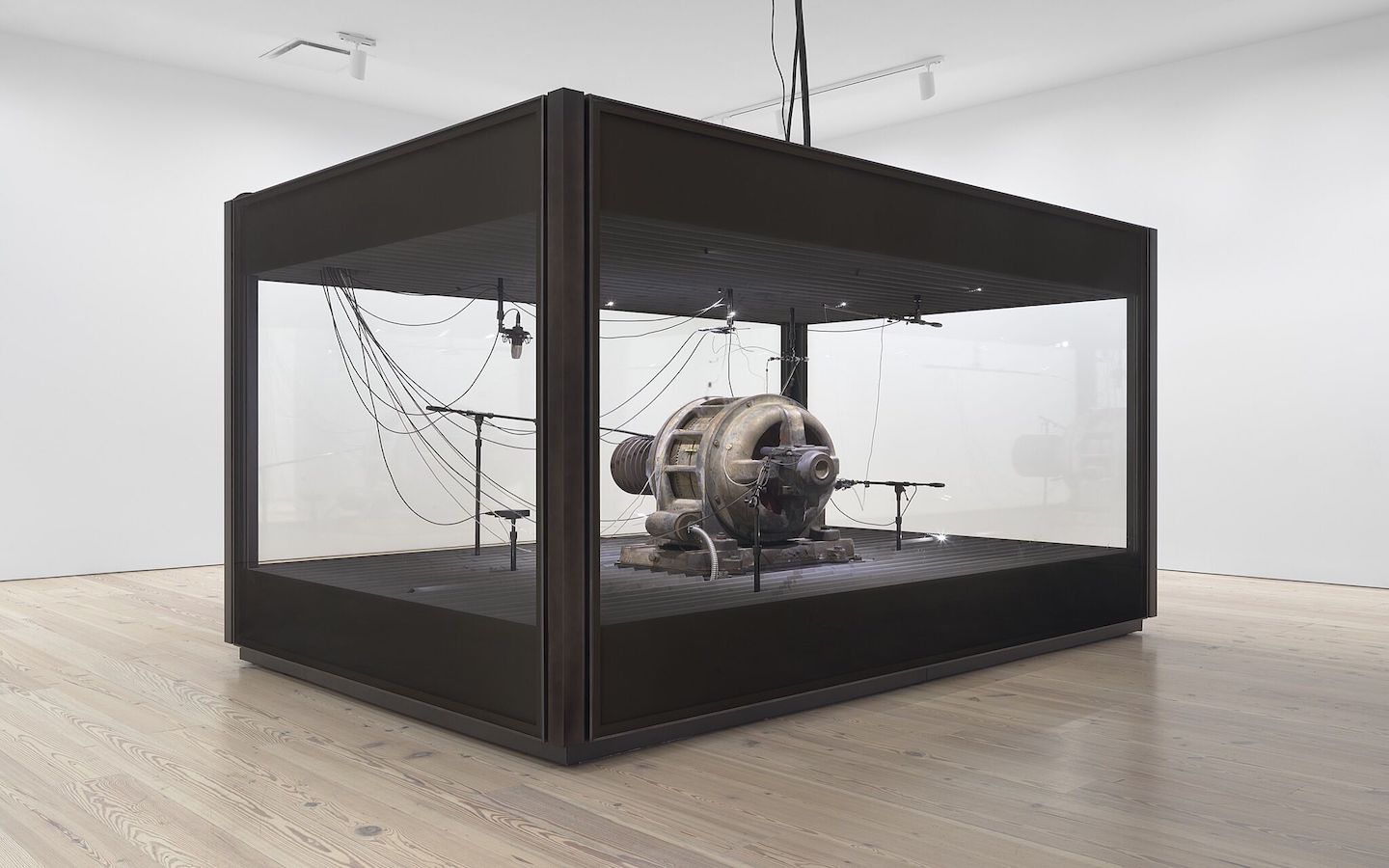
Kevin Beasley
A view of a landscape: A cotton gin motor | Installation view, Whitney Museum of American Art, New York | December 15, 2018–March 10, 2019
GE induction motor, custom soundproof glass chamber, anechoic foam, steel wire, monofilament, cardioid condenser microphones, contact microphones, microphone stands, microphone cables, and AD/DA interface | 94x144x96 | 2012-18
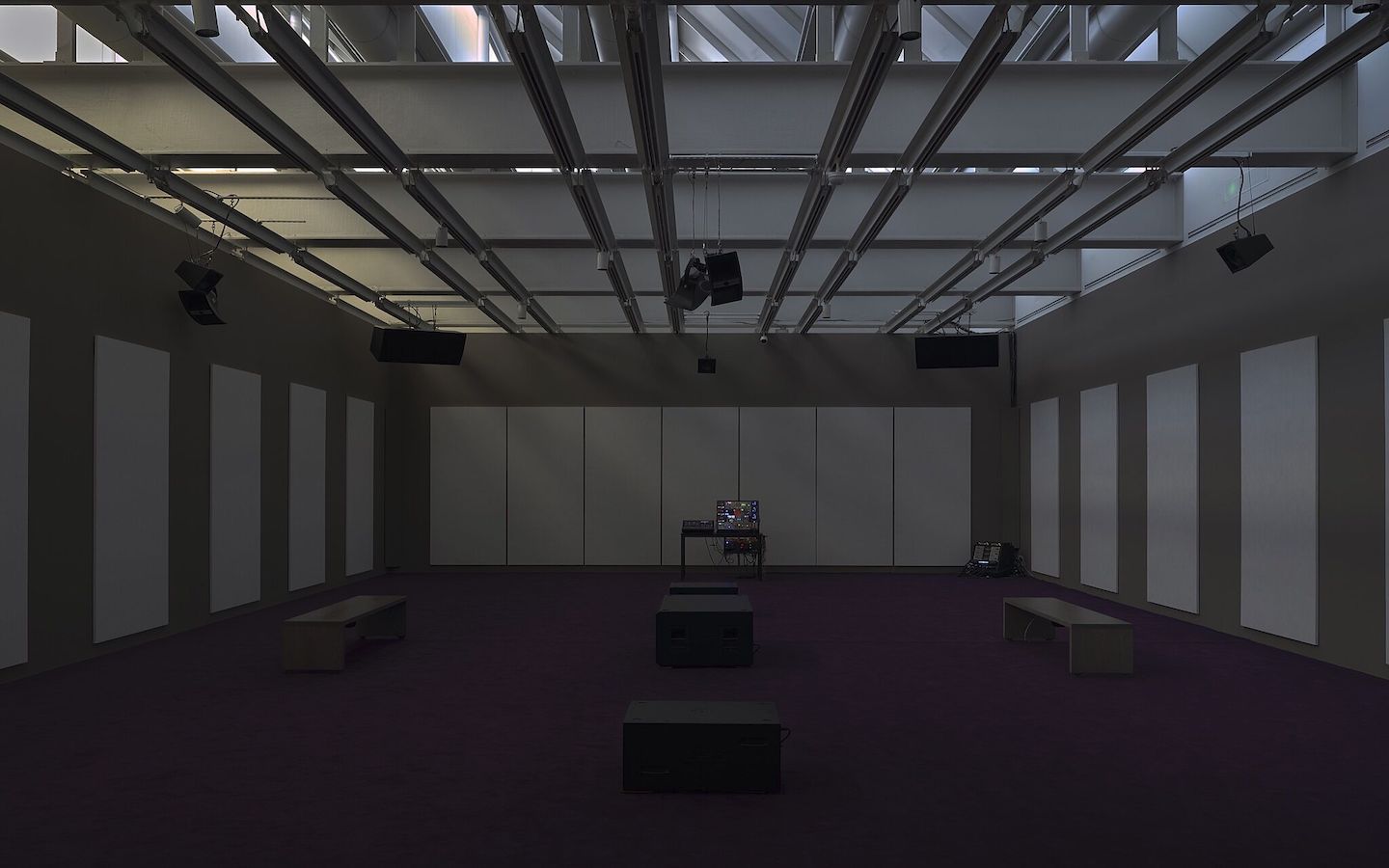
Kevin Beasley
Listening room from A view of a landscape: A cotton gin motor | Installation view, Whitney Museum of American Art, New York | December 15, 2018–March 10, 2019
Custom speaker system, subwoofers, amplifiers, AD/DA interface, Ethernet switch, mixer, modular synthesizer, equipment racks, and wood table | 2012-18
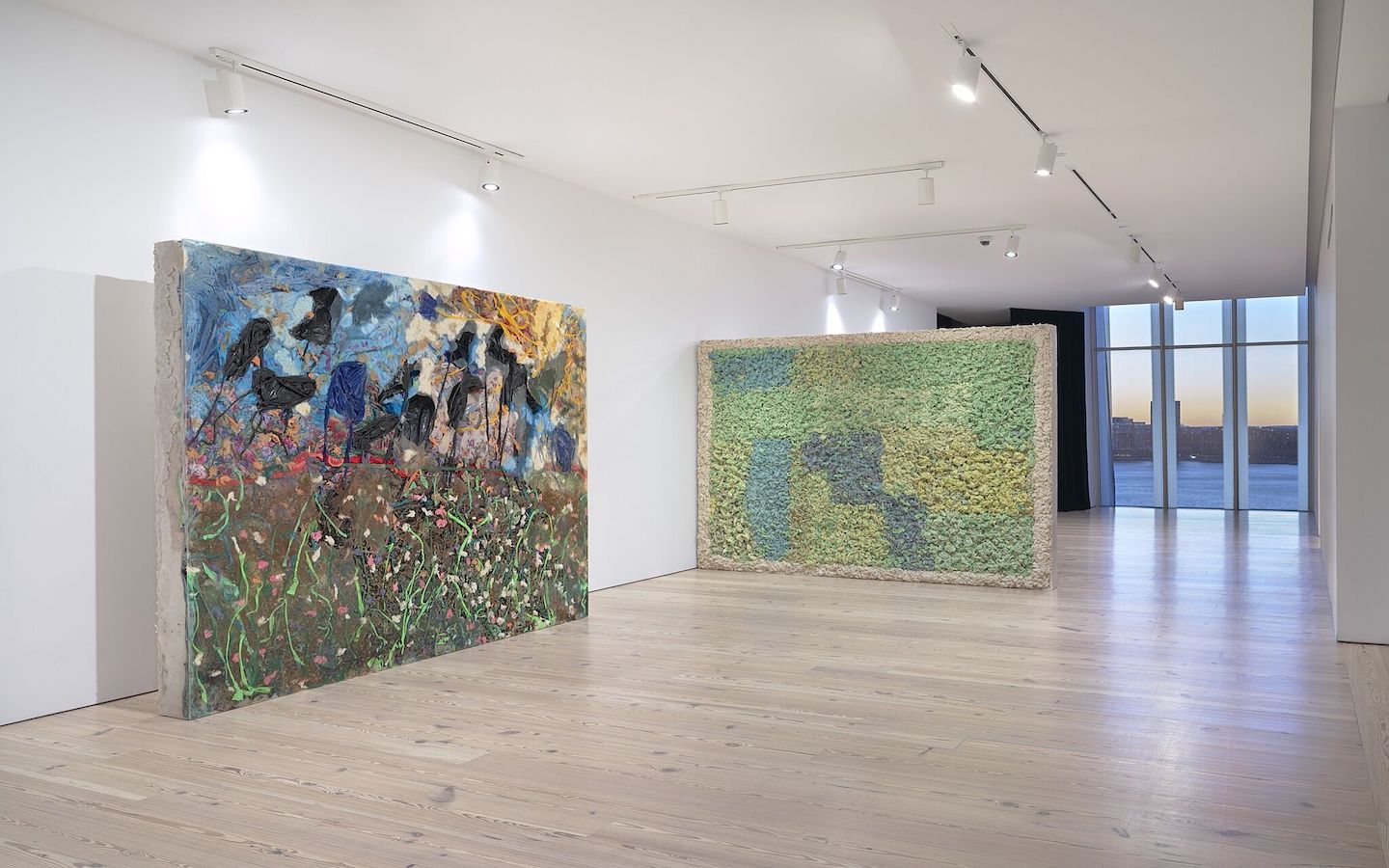
Left: Kevin Beasley
The Reunion | Installation view, Whitney Museum of American Art, New York | December 15, 2018–March 10, 2019
Polyurethane resin, raw Virginia cotton, Virginia soil, Virginia twigs, Virginia pine cones and needles, housedresses, kaftans, t-shirts, du-rags, HID lightbulb, guinea fowl feathers, cotton bale strap, aluminum, steel | 96x120x10 | 2018
Right: Kevin Beasley
Campus | Installation view, Whitney Museum of American Art, New York | December 15, 2018–March 10, 2019
Polyurethane resin, raw Virginia cotton, housedresses, kaftans, t-shirts, du-rags, select pages from “Atlas of the Transatlantic Slave Trade,” Charles Joseph Minard Civil War-era cotton trade map, painted evil jester clown masks, Yale University School of Art graduation collar, graduation cap, graduation gown, Yale University sweater, Campus duffle bag, aluminum, steel | 96x120x10 | 2018
